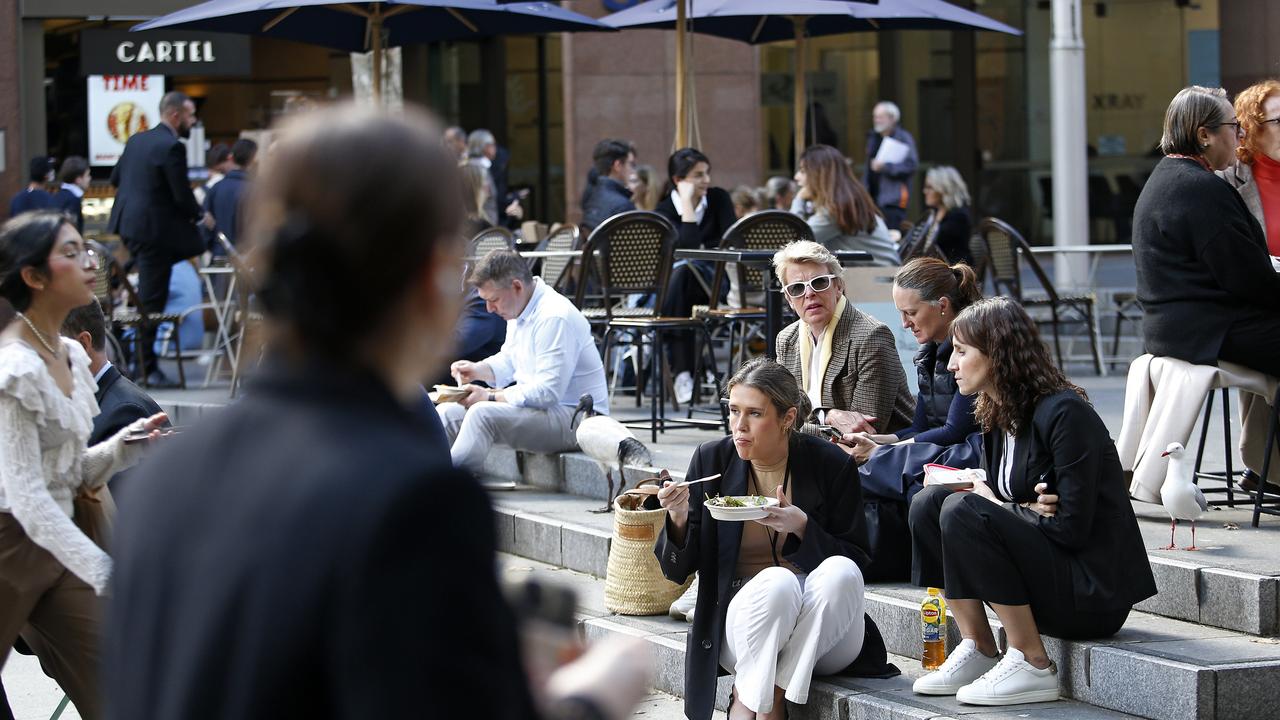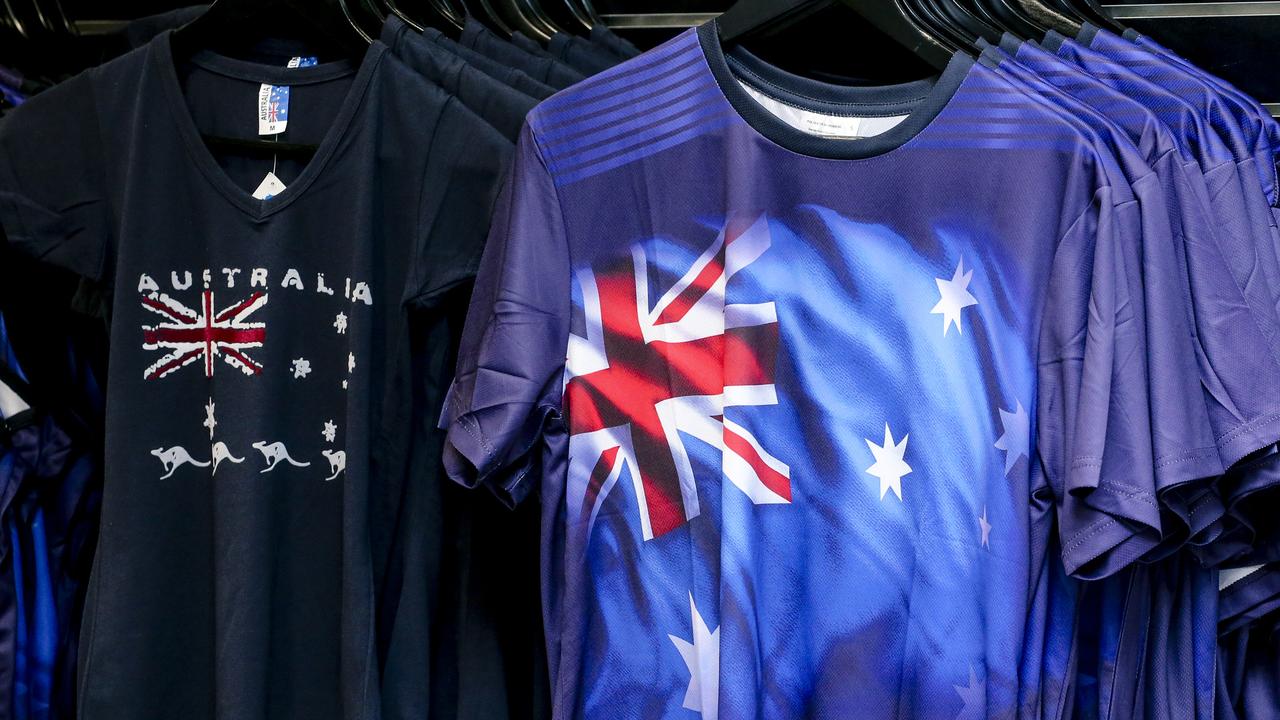Almost one-in-10 Australian homes were ‘vacant’ on Census night
An expert says one “extraordinary” Census data statistic “punched me in the face”. It makes for difficult reading for Aussies caught in the housing crisis.
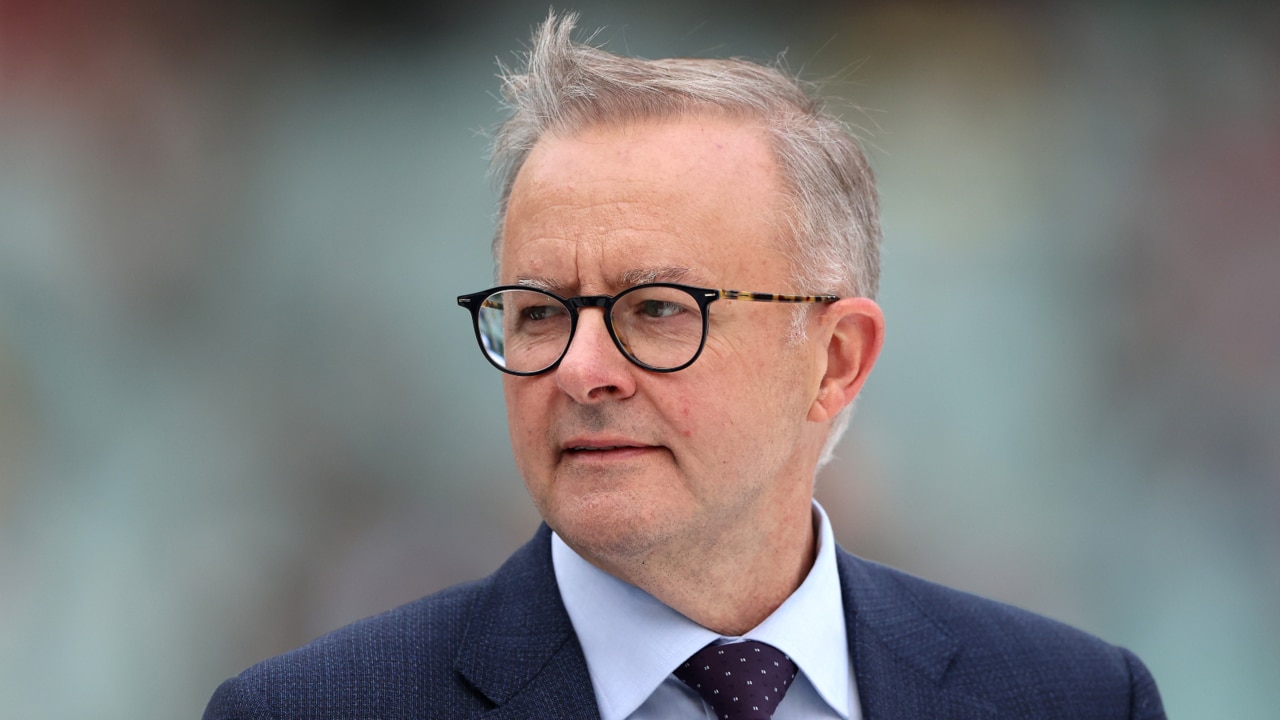
Australia is in the grip of a housing crisis rivalled by few countries in the developed world.
More and more families are being forced to give up the dream of owning a home.
Many are clinging on in an increasingly unaffordable rental market, driven to caravans and tents in freezing temperatures.
That is the reality for hundreds of thousands of Australians. But it is only half the story.
Census data released on Tuesday by the Australian Bureau of Statistics reveals that while many are unable to afford a home, almost one-in-10 houses are vacant.
There were nearly 11 million (10,852,208) private dwellings counted in the 2021 Census, up from 950,712 in 2016.
But shockingly, 1,043,776 of those have nobody living in them. They are either holiday homes or investment properties that, at the time of Census, were unoccupied.
Part of the reason for that is that Census night last year fell at a time when many Australians were in lockdown. But Australian National University demographer Dr Liz Allen says the numbers are still higher than should be expected.
Stream more finance news live & on demand with Flash. 25+ news channels in 1 place. New to Flash? Try 1 month free. Offer ends 31 October, 2022 >
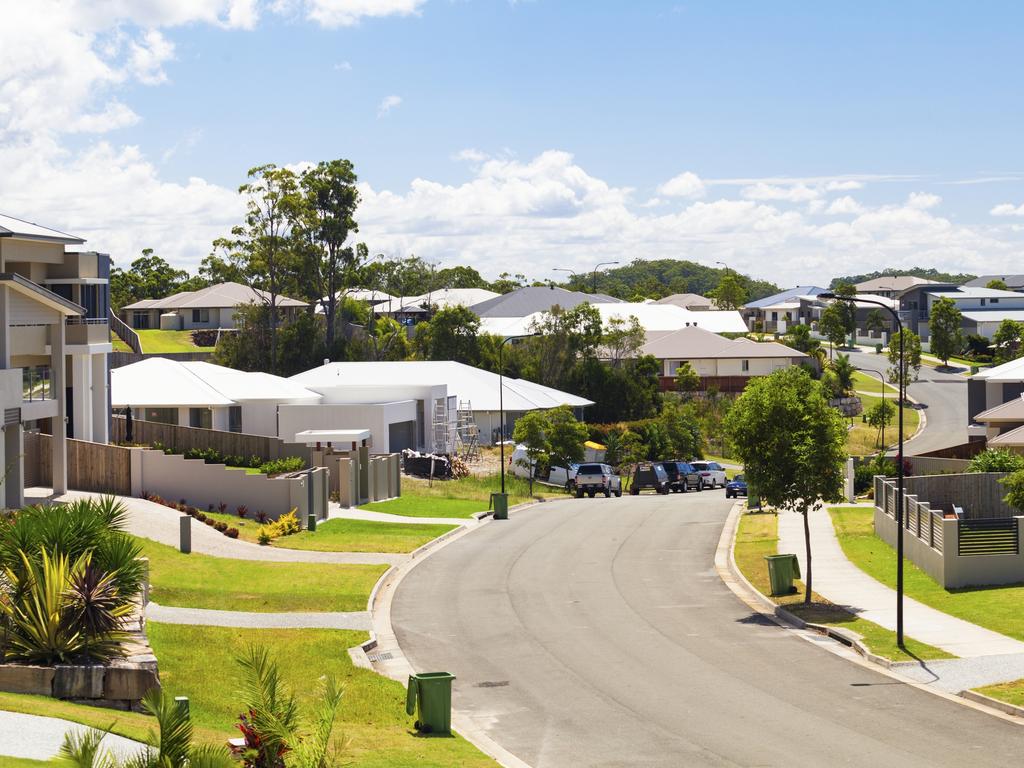
“There are some really significant things in this Census that ... punched me in the face,” she told Waleed Aly on ABC Radio Melbourne on Tuesday.
“More than 1 million vacant homes in Australia. That’s extraordinary when we are grappling with the most difficult housing affordability times we’ve seen and dealing with homelessness on the scale that we are,” she said.
“There are a number of reasons for that vacancy rate, but a lot of that is because people have multiple homes. And these are holiday homes in areas where people are living in caravans because bushfire and flooding has sent them out of their homes.”
Aly asked whether the statistic “might be a touch misleading because of lockdowns”.
Dr Allen said: “We generally have high rates of vacant homes census to census but this is the highest we’ve seen.
“That headline alone, it grabs me and it says we need to be doing better, we must be doing better.
“Home ownership is declining. This gives us a full grasp of the situation, particularly from a generational side of things.”
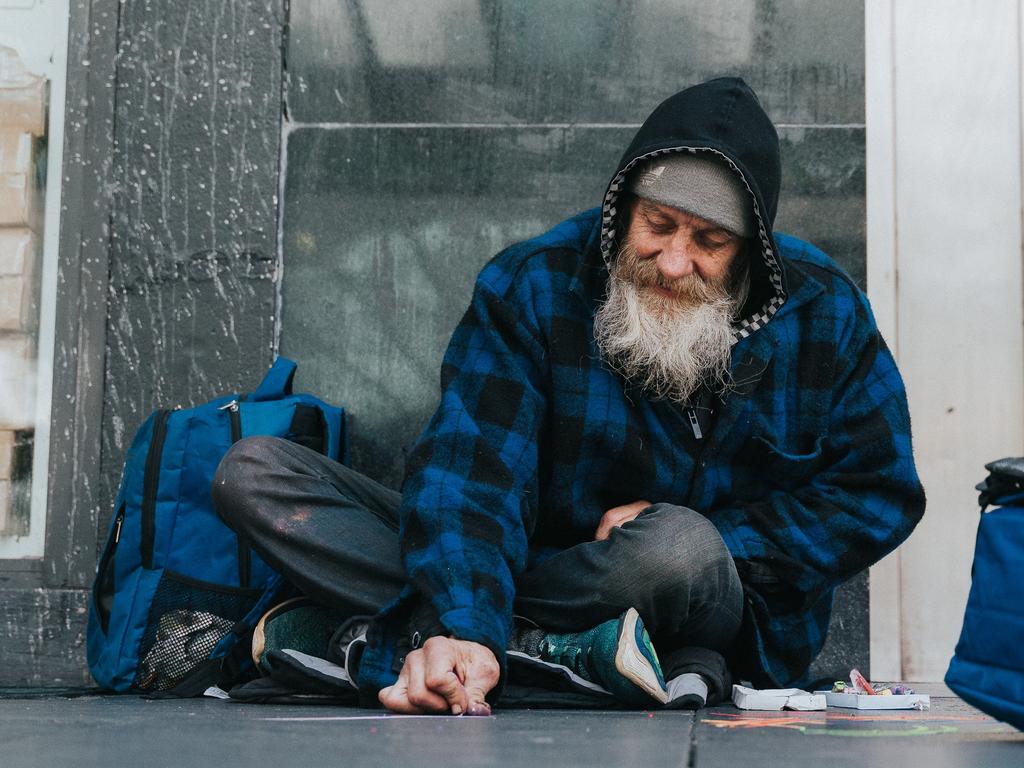
The Census found 58,155 people were living in caravans on Census night and 29,369 were living in houseboats.
The proportion of people who own a home outright dropped from 41.6 per cent in 1996 to 31.0 per cent in 2021.
The statistics come after research earlier this year revealed exactly how hard it is for a young person to pay rent in any of Australia’s capital cities, let along buy a home.
The research carried out by the Everybody’s Home campaign — a coalition of housing, homelessness and welfare organisations — makes for difficult reading for people hoping to enter the housing market in jobs like retail and hospitality.
Researchers looked at the average rent of a single bedroom in a two-bedroom apartment in Australia’s capital cities. They cross referenced that with the weekly wage of a level 1, 18-year-old hospitality or retail worker, as well as somebody on Youth Allowance.
The findings? The average 18-year-old retail worker in every capital city spent way above 30 per cent of their income on renting just that one room — a figure most experts say indicates rental stress.
In Canberra, the same retail worker would have an astonishing 48 per cent of their rent absorbed by the cost of paying rent for a single bedroom.
It was worse for hospitality workers in the same bracket who nationally would have to fork out 40 per cent of their gross income to afford that single room.
If they wanted that room in Canberra it would cost them 53 per cent of their income. In Sydney it would cost them 48 per cent.
But what about those on Youth Allowance? The research showed the average person on Youth Allowance would have to pay 92 per cent of their income on renting a single room in Canberra and 83 per cent in Sydney.
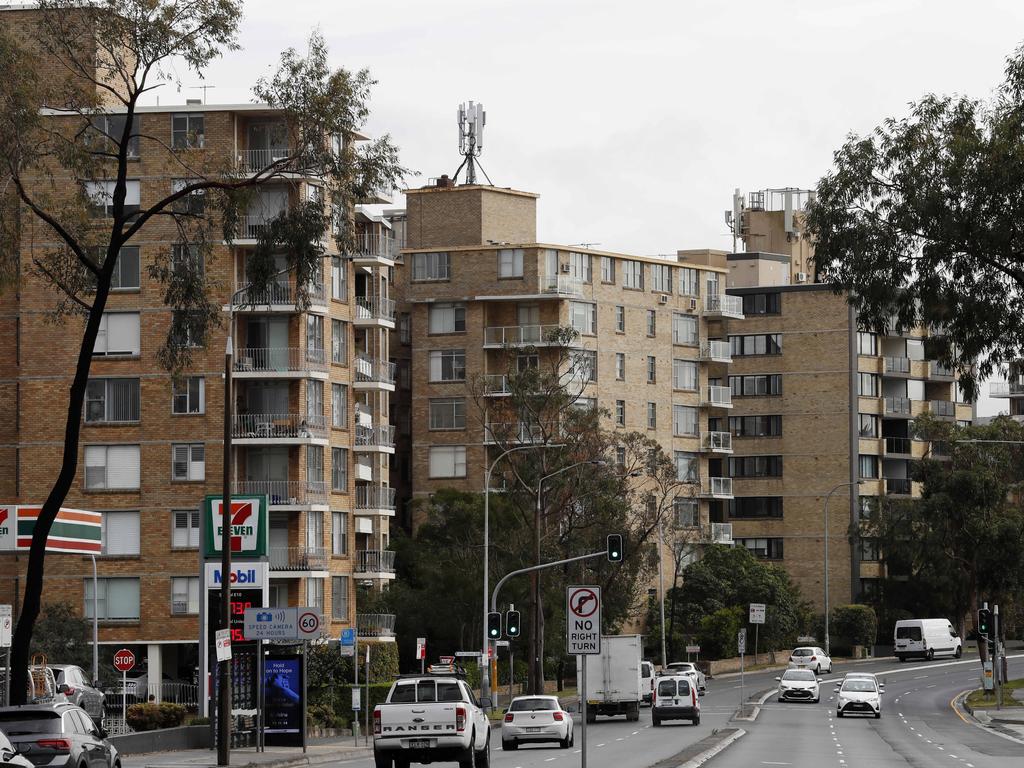
The figure dropped to 68 per cent in Melbourne, but would still push a person on Youth Allowance to the brink of homelessness.
New research published last week also showed that Australia is one of the world’s most at-risk nations when it comes to a housing bubble burst — with the situation looking worse now than it was before the disastrous GFC hit.
Analysis by Bloomberg Economics shows that 19 OECD countries have combined price-to-rent and home price-to-income ratios that are higher today than they were ahead of the 2008 financial crisis — an indication that prices have moved out of line with fundamentals.
Among them Australia is facing some of the biggest challenges, sitting as the fourth most risky property market in the developed world.
Only New Zealand, the Czech Republic and Hungary were found to have housing markets that were at a higher risk of imploding.





